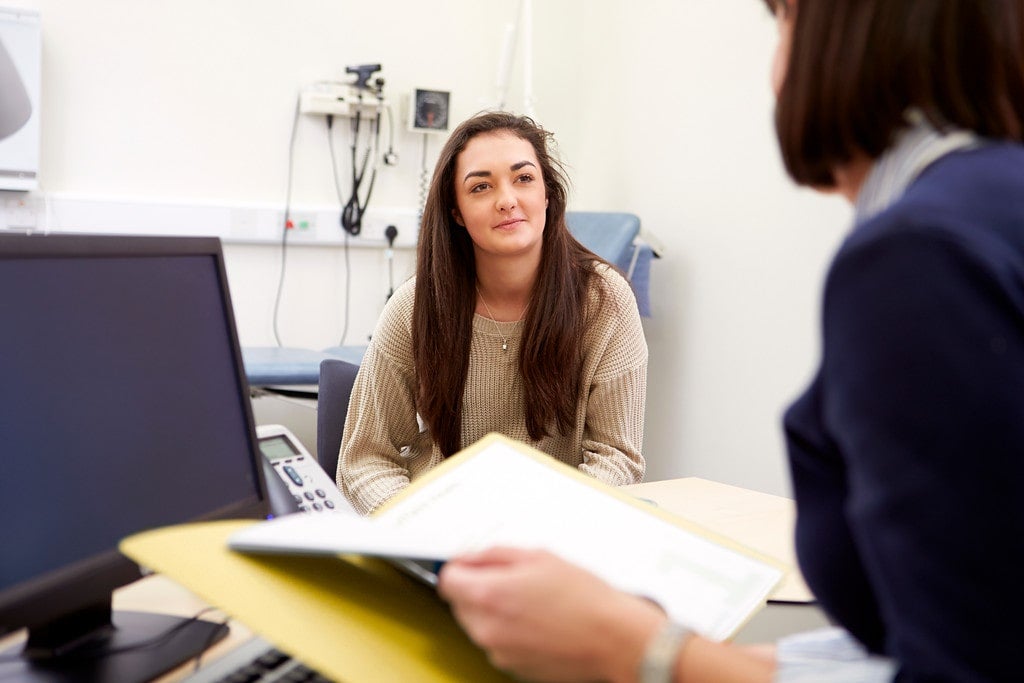Blog
How we could use our existing health system to better diagnose and treat forgotten cancers
15 June 2017

Australia has one of the best health care systems and some of the best cancer survival rates in the world. Our leading position can be credited to the significant improvements and initiatives in cancer prevention, early detection and treatment.
In Australia, the average five-year survival for all cancers combined is 68% - up with the best in the world. It's much higher again for some cancers like breast, bowel and prostate cancer. Overall, the average survival rate in Australia has improved by around 40% over the past three decades. Despite this increase, survival rates vary markedly between cancer types.
In fact, the difference in five-year survival rates of cancers can be as much as 84% when comparing rare cancers like mesothelioma (6%) to more common cancers like breast (90%).
As a cancer clinician, I have seen firsthand the effect being diagnosed with a low survival cancer can have on Australians and their families. Though any cancer diagnosis can be overwhelming, it is especially difficult to hear that your chances of survival are very small. This is too often the case when there are limited treatment options for your cancer type (as is the case with many lung, brain and pancreatic cancers, for example) or because your cancer is too far advanced and a cure is unlikely.
Many factors impact cancer survival rates and variations in funding for research into different cancer types certainly plays a big part. Research funding for diseases like breast cancer or some children's cancers helps to explain the remarkable advances in survival we have seen in these cancer types.
Charities like Cancer Council fund research across the full cancer spectrum and the Forgotten Cancers project has put rare low survival cancers in the spotlight. But low survival cancers typically continue to challenge scientists and suffer from lower awareness and funding - so there is always so much more to be done.
To make a more immediate difference and improve survival we also need to think beyond biomedical research and focus on how we can utilise our existing Australian health services and technology to improve earlier diagnosis and access to care. The earlier a cancer is diagnosed, the higher the chance it can be successfully treated.
When Cancer Council Australia recently appeared at the Senate Inquiry into Funding for Research into Cancers with Low Survival Rates we highlighted the missed opportunities when it comes to how the health system responds to patients with non-specific symptoms that could indicate cancer. This is particularly important when dealing with symptoms of less common cancers that are typically more difficult to recognise.
One of the reasons the five-year breast cancer survival in Australia is 90% is that the pathways from diagnosis to treatment are relatively well-defined. We have a screening program, there are clear guidelines for diagnosis and treatment, and research has resulted in a range of effective treatments.
By comparison, many abdominal and other internal cancers are diagnosed too late, resulting in poor survival rates. Symptoms can be vague and are often initially dismissed or not thoroughly investigated early enough. Diagnosis of these cancers commonly occurs outside of the cancer health system and delays are common. My niece waited six months for an endocrine clinic appointment because the assumption was that she had an endocrine problem - this almost certainly impacted on the incurability of her subsequently diagnosed adrenocortical cancer.
Rather than viewing different cancer types as competitors in the race for research funding, we should be seeking to improve the odds for those with low survival cancers by applying what we have learnt from our achievements in examples like breast cancer care and treatment.
A starting point could be to set up a demonstration research project of a rapid diagnostic pathway for people reporting abdominal symptoms. This means that a general practitioner treating an individual with abdominal symptoms would not have to consider whether to refer to a bowel clinic, an endocrine clinic or an upper gastrointestinal clinic, or any of the other assorted specialists that manage conditions occurring in the abdomen. A general diagnostic service would make the definitive diagnosis and if cancer was discovered, ensure rapid referral for staging and treatment.
Not only will speeding up diagnosis potentially increase the chance of survival, it will also make the experience for the patient much better, eliminating the need for weeks or months of anxiety and waiting.
This demonstration project could build on great work being done by Cancer Research UK and leverage Australia's optimal care pathways program.
Australia has good cancer survival rates - but far too many people are still dying prematurely, as we saw from national data released just this week. We have an opportunity to address inequities in survival by using established health interventions and applying them more equitably, at the same time as we continue to research new treatment options.
Tags

